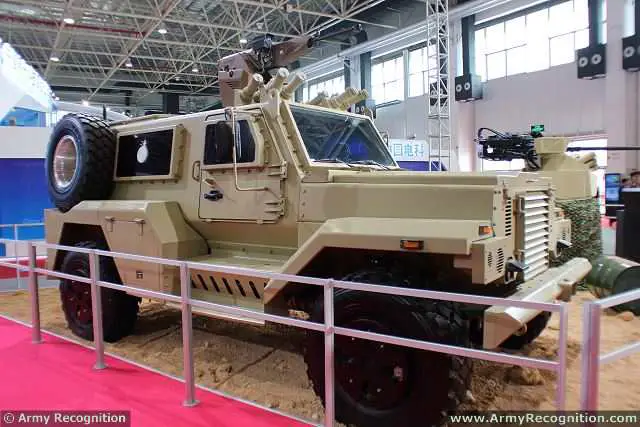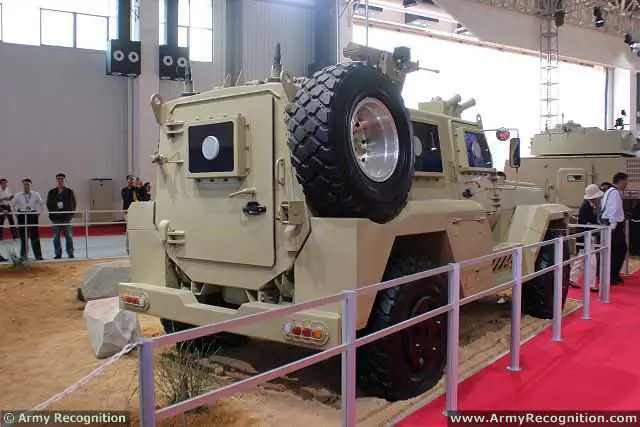TAIPEI — Taiwan’s F-16s face a growing threat from China’s arsenal of surface-to-air missiles (SAMs). The latest and gravest is the Russian sale of 400-kilometer-range S-400 Triumf road-mobile SAM systems to China.
The Federal Service for Military-Technical Cooperation has downplayed recent Russian-language media reports of an agreement and contract, but “as I understand it, it is basically true,” said Vasiliy Kashin, a China military specialist at Moscow’s Centre for Analysis of Strategies and Technologies.
Russian media reports indicate China and Russia have signed a US $3 billion contract to procure an initial six S-400 battalions. The missile is an upgraded variant of the S-300, now fielded by China in battalions based near major cities and scattered along the coast facing Taiwan and Japan.
Kashin, who attended the recent Airshow China in Zhuhai, said that with a range of 400 kilometers and fielded in Fujian Province, the SAM system will be able to cover the whole of Taiwan airspace, thus finally solving the “problem of air superiority for the Chinese.”
If China chooses to deploy the S-400 in Shandong Province, it will provide coverage of airspace over the Senkaku Islands. “That will be another asymmetric capability, together with anti-ship ballistic missiles, which will boost Chinese potential in dealing with the local conflicts in East Asia,” Kashin said.
China has staked a claim to the Japanese-controlled Senkaku Islands, which it refers to as the Diaoyu Islands. Other factors suggesting China will deploy the S-400 over the East China Sea include the fact that China declared an air defense identification zone over the East China Sea, including the Senkakus, in November 2013.
“Given its extremely long range and effective electronic warfare capabilities, the S-400 is a game-changing system that challenges current military capabilities at the operational level of war,” said Paul Giarra, president, Global Strategies and Transformation. The S-400 will have the “effect of turning a defensive system into an offensive system, and extend China’s A2/AD [anti-access/area-denial] umbrella over the territory of American allies and the high seas.”
The S-400 will give China more confidence in controlling airspace over Taiwan, and will serve as a critical factor in defeating Taiwan’s air defense capabilities during a war, said York Chen, a former senior adviser of Taiwan’s National Security Council.
After China’s surface-to-surface missiles destroy Taiwan’s air bases and runways at the beginning of a conflict, the S-400 could target remaining fighter aircraft that managed to reach the air beforehand, not to mention any US or Japanese fighters coming to Taiwan’s aid during the battle. Chen supports procurement of short take-off, vertical-landing aircraft such as the F-35B fighter and V-22 Osprey, for cargo/troop transport. China has 1,300 short-range missiles aimed at Taiwan. Air bases would be wiped out shortly after a war begins with China.
This possible SAM sale to China highlights the growing importance of Taiwan’s indigenous self-defense programs, including its stealth UAV program; its HF-2E land-attack cruise missile program; and its air-launched Wan Chien (Ten Thousand Swords) joint standoff weapon, said Ian Easton, research fellow, The Project 2049 Institute.
“Taiwan also has a clear operational requirement for large numbers of cheap ballistic missiles. In that regard, the indigenous technological capability is certainly there, but Taiwan has kept its programs remarkably well hidden,” he said.
Effective air defense systems like the S-400 are consequential because of the cost equation involved, Giarra said. Surface-to-air missile systems are much less expensive than the manned and unmanned aircraft they are designed to shoot down, and the very long range of the S-400 multiplies the advantage.
“Without effective countermeasures, aircraft will be held away from China’s coasts, giving teeth, for instance, to China’s assertion that surveillance missions in China’s EEZ [exclusive economic zone] are not allowed,” he said.
China has been adamant that US military aircraft cease flying within China’s EEZ and has harassed US military flights and sea-going vessels since 2001. In August, a Chinese J-11 fighter harassed a US Navy P-8 Poseidon maritime patrol aircraft near Hainan Island.
Despite the threat an advanced SAM system to the region, there is confidence that Taiwan, Japan and the US will have options to defeat it, Easton said. These include electronic warfare and locating the radar and destroying it with anti-radiation missiles.
“As soon as its long-range radar was turned on it would be subject to immediate interception by Taiwanese signals intelligence [SIGINT] units on Tung-yin Island and Matsu Island,” he said. “It would also be vulnerable to American and Japanese SIGINT units on Okinawa and the surrounding islands, to say nothing of allied SIGINT-gathering submarines parked off the Chinese coast — and both manned and unmanned SIGINT aircraft patrolling the East China Sea.”
A Taiwan Ministry of Defense official said that though the S-400 is road-mobile, expectations are China would deploy them at fixed sites as it did with earlier S-300PMU SAM systems. “This habit will make them vulnerable to attack and no SAM system is perfect, especially Russian,” he said.
Taiwan has its own missile systems to counter China, such as the Tien Kung 2 and 3 SAM systems and the Hsiung Feng 2E land-attack cruise missile. Taiwan is working on an extended-range Hsiung Feng 2 anti-ship missile system with a 250-kilometer range, which is in the launch testing phase, he said.
Lin Chong-Pin, former deputy minister of national defense who also served as the first vice chairman of the Mainland Affairs Council, said the S-400 is “another increment of a growing package of ‘game changers,’ which began emerging a decade ago.”
Taiwan’s military advantages over China began eroding in the early 1990s. As a consequence, China’s strategy “evolved from a war of annihilation to a war of paralysis as the battle scenario on Taiwan.”
Now, Lin said, even a military operation on Taiwan based on a “war of paralysis ranks low among Beijing’s options, as Beijing has available so many other what I call ‘extra-military instruments’ — economic, media-related, diplomatic, psychological — to eventually ‘integrate’ Taiwan into China’s fold.”


